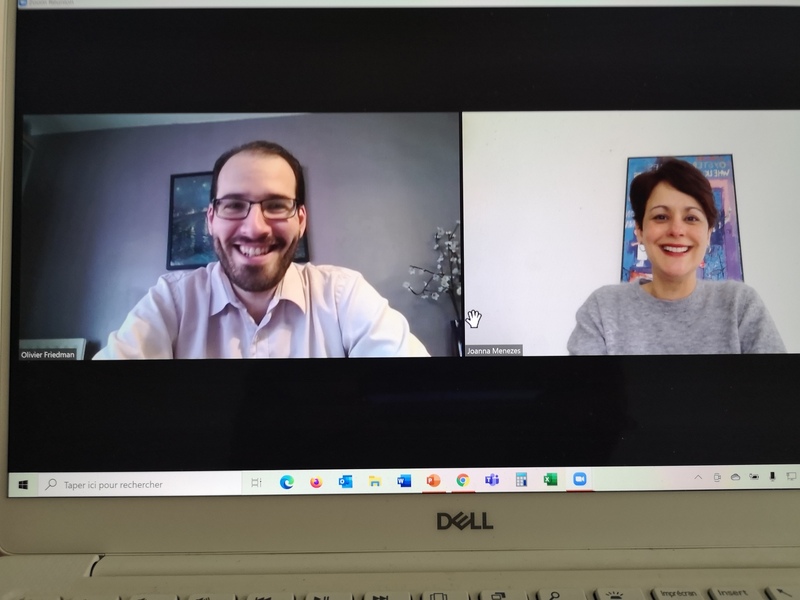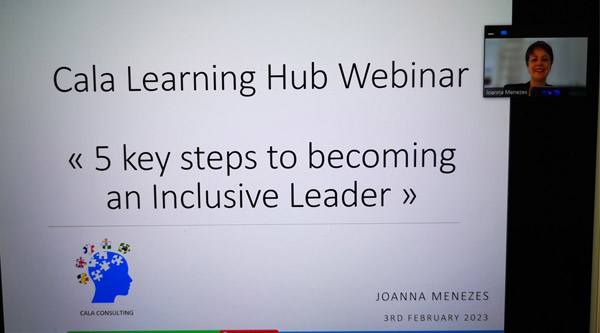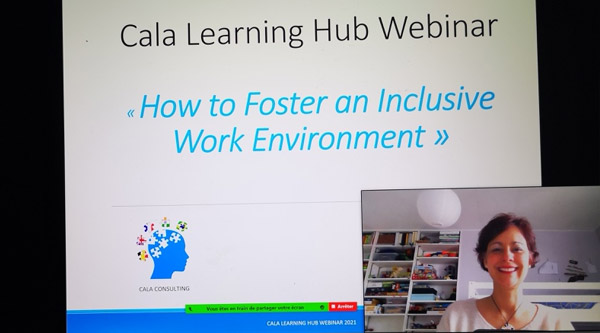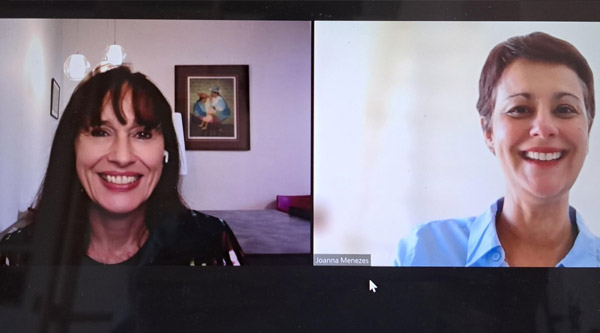Are you an "instinctive" or a "feeling" person? Are you more of a perfectionist, an altruist or an observer? It's hard to give a clear-cut answer to these questions because we all recognize ourselves, more or less, in these different personality traits... However, there is a tool that allows us to know ourselves better and thus better manage our relationships with others: the Enneagram. This was the message conveyed on 5th March 2021 by the certified coach Olivier Friedman - one of Cala Consulting's partners - during the webinar "Dare to know yourself to develop your leadership skills". A theme that attracted about thirty members of the Cala Learning Hub network, all very intrigued and eager to learn more.
It’s all a question of perspective and personality
With examples and videos, Olivier Friedman demonstrated that, in life and in human relationships, it is all a question of point of view. "We don't all have the same perception of things and of the world around us," he explains. So then, how can we trust each other? How can we avoid conflict? "You have to be able to question yourself in order to be able to see things differently, because our personality biases our perception of reality," he replies.
Generally speaking, there are 3 main “centres”: the instinctive (the gut), the feeling (the heart) and the thinking (the head). And within these 3 centres, there are 3 sub-profiles: the challenger, the peacemaker and the performer (for the instinctive); the helper, achiever and individualist (for the feeling); the investigator, loyalist and enthusiast (for the thinking). These are the 9 profiles defined by the Enneagram, a tool developed in the 1970s in the United States and now increasingly used in management.
For conflict management and team management
What is the practical use of the Enneagram in business? "It gives us clues on how to behave and manage better," explains Olivier Friedman. If used in coaching by a certified professional, this tool is an excellent way to understand one's own automatic behaviours and reactions to stress. "The aim is not to change one’s profile, but rather to change the way we react in order to regain control," he explains.
It is also a valuable aid to developing leadership skills and managing conflict at work because, he says, "90% of the problems in a team come from misunderstandings. By getting to know each other and listening to each other, apparently incompatible profiles - like the leader and the artist for example - can become complementary. "Even though it requires a little effort at the beginning, the key is to dare!" concludes Olivier.








 Copyright © 2016 - 2025 - Cala Consulting
Copyright © 2016 - 2025 - Cala Consulting